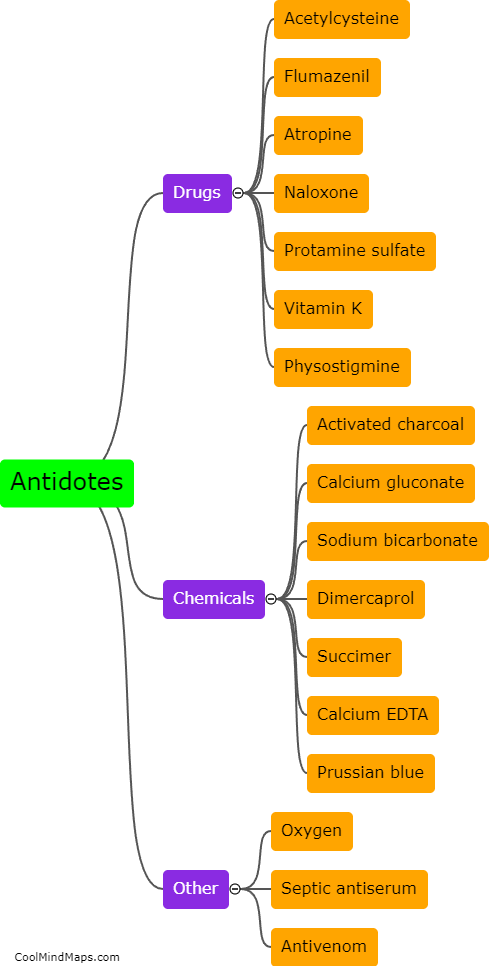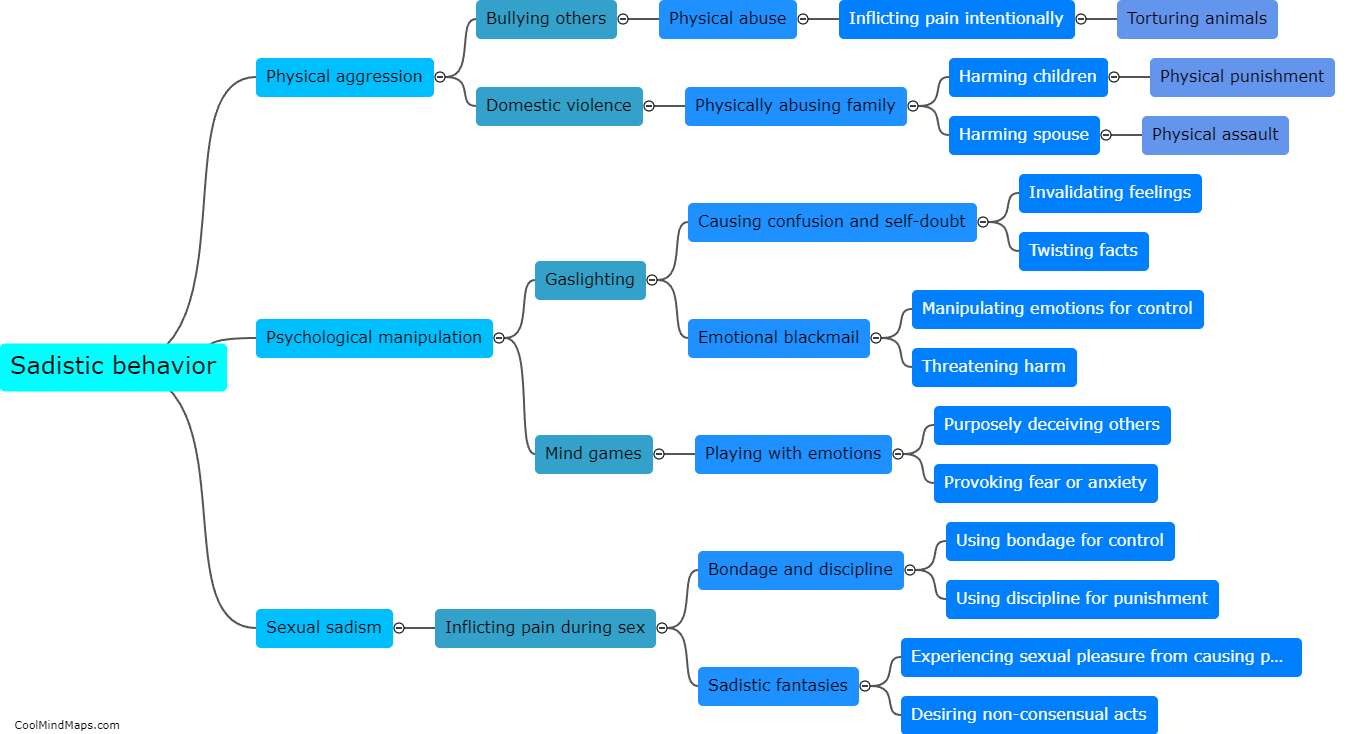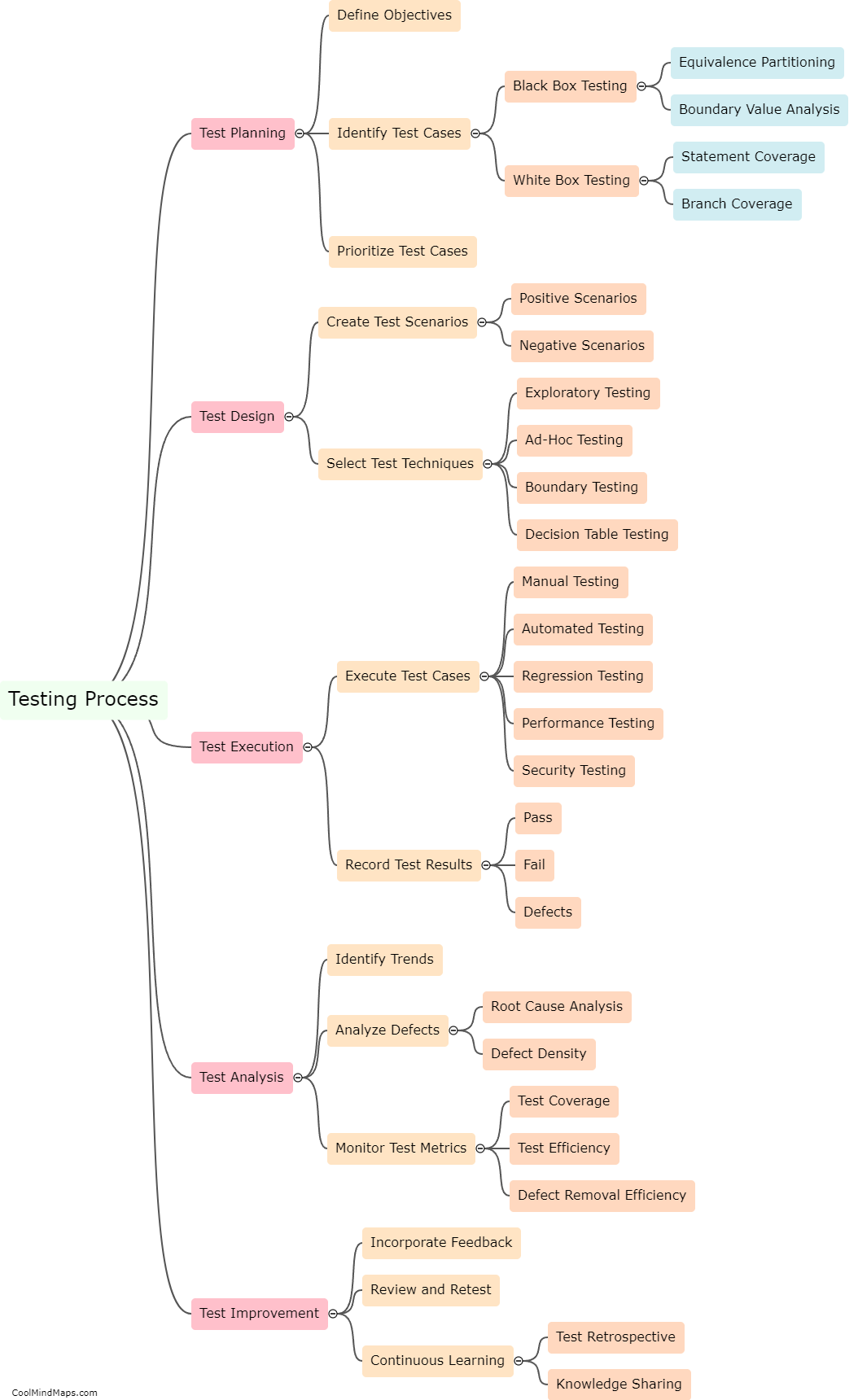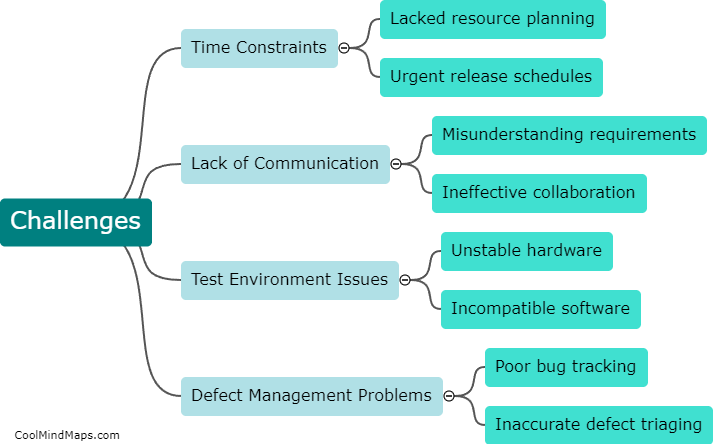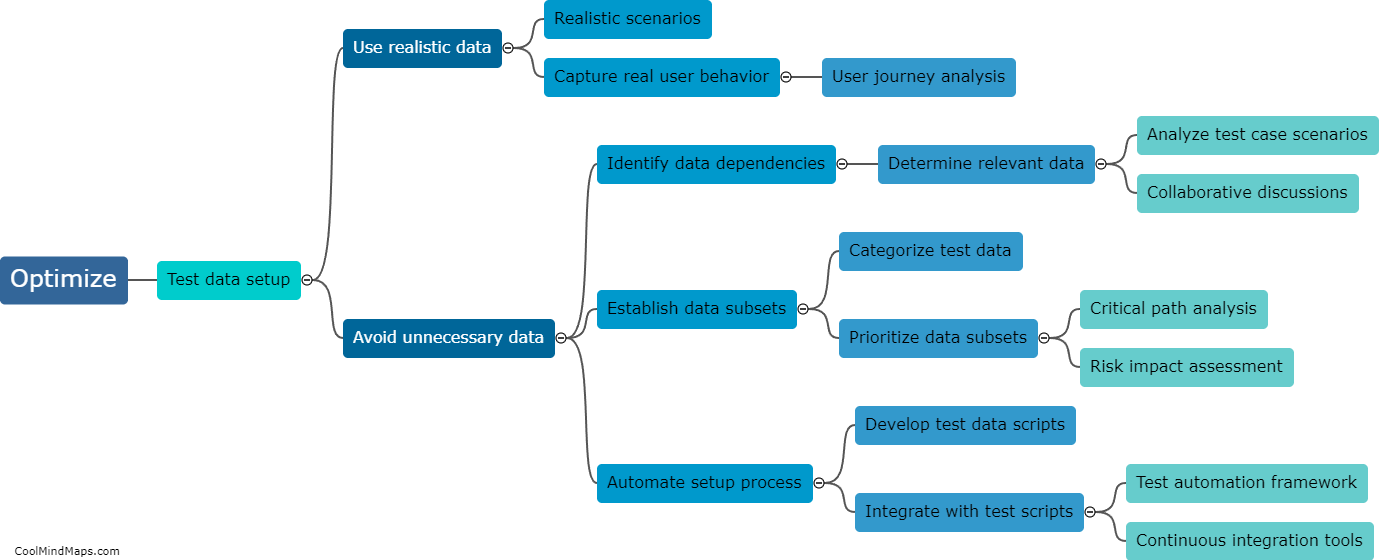What are the different phases of the software development life cycle?
The software development life cycle (SDLC) consists of several distinct phases, each serving a specific purpose in the overall process. The first phase is the requirements gathering and analysis, where developers gather and understand the customer's needs and document the project's requirements. This is followed by the design phase, where the system architecture and technical design are developed. The next step is the coding or implementation phase, where the actual programming work takes place. After the code is complete, the software undergoes thorough testing and debugging during the testing phase. Once the software is deemed ready and bug-free, it is deployed or released to the end-users in the deployment phase. Finally, the maintenance phase involves ongoing updates, bug fixes, and enhancements to ensure the software remains functional and up-to-date. This iterative process allows for continuous improvement and adaptation throughout the software's life cycle.

This mind map was published on 30 July 2023 and has been viewed 130 times.

